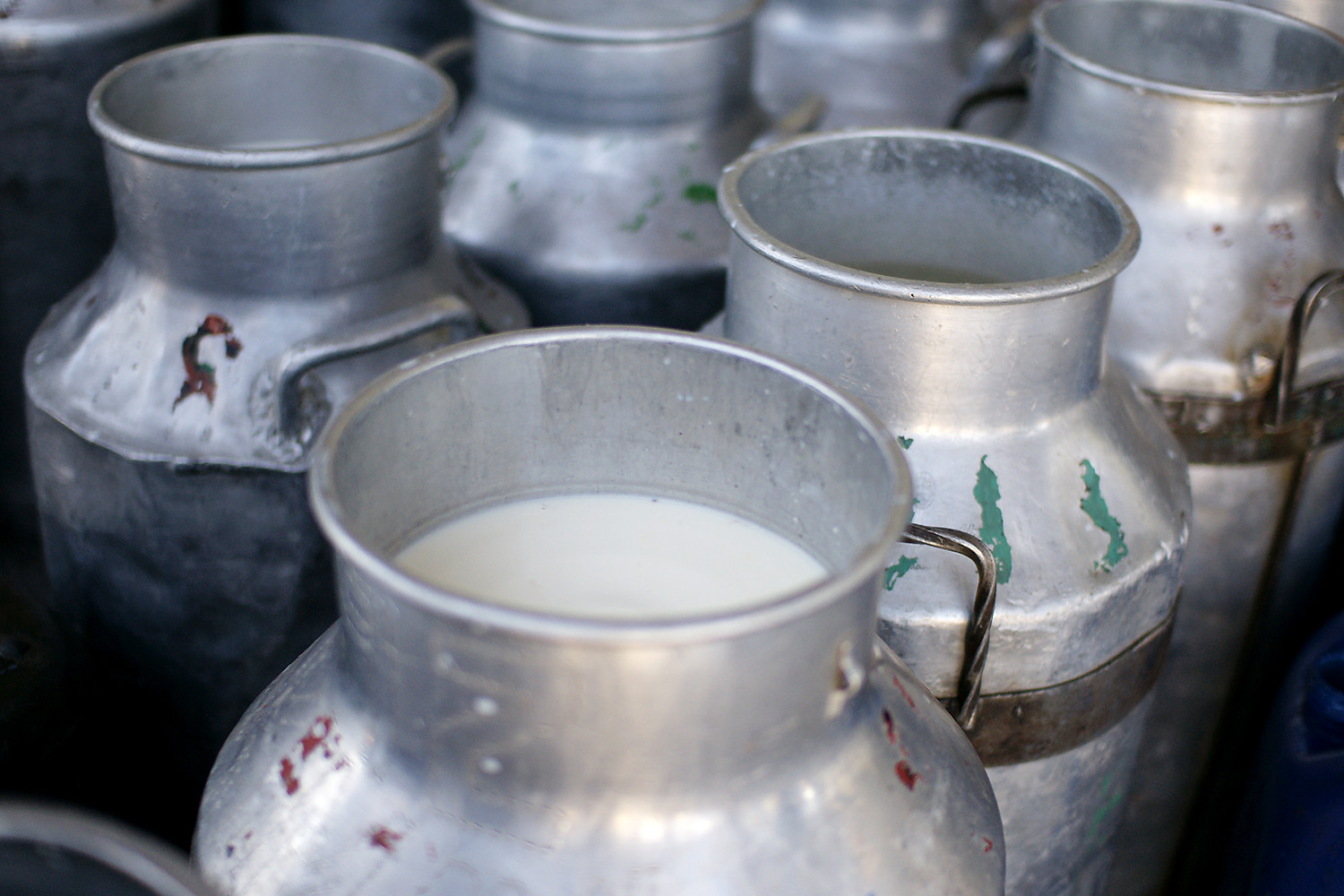
Farmers must stick to proper milking practices to reduce contamination, which significantly reduces the shelf-life of this highly perishable product before it reaches far-flung markets.
According to the Food and Agricultural Organisation (FAO), contamination occurs in the milking and post-handling processes, increasing microbes that quicken deterioration.
Danger
Milk suppliers from Rift Valley and other regions have resorted to adding hydrogen peroxide to prolong the shelf-life of raw milk.
The Kenya Dairy Board says more than 70 per cent of between 100,000 liters and 200,000 liters of raw milk transported to Nairobi daily is locally ‘treated’ with this chemical for preservation.
The board warns that unregulated use of the chemical can enhance the development of throat cancer.
Related News: Ruiru dairy farmers journey from milk hawking to milking 400 liters daily
Related News: Camels produce 3X more milk for farmers in Kenya’s Arid North
Good use is safe
Delia Grace, a food safety expert at Nairobi’s International Livestock Research Institute (ILRI), says hydrogen peroxide is not entirely harmful when used in small amounts. In fact, it is industrially used in preserving milk and production of toothpaste because of its disinfection and bleaching properties respectively.
“There are minor concerns over known negative health effects of consumption of moderate amounts of hydrogen peroxide, but these are much higher than would be present in milk.”
“The main concern is that it might be used to stabilise deteriorating milk which is not of good quality, allowing for marketing and sale of sub-standard produce,” said Grace, who leads ILRI’s Food Safety and Zoonoses program
Hygiene is key
FAO says the journey of lengthening the lifespan of milk starts way before the actual process of milking.
Cleaning the udder with lukewarm water and dirt-free individual drying towels would ensure moulds, fungi, bacteria, and other germs are greatly reduced.
The stockman must also observe high standards of personal hygiene.
The global agency says milking equipment must be clean and most preferably smooth and rivet-less. Rough and riveted surfaces are most likely to host microbes, which cannot be eliminated while cleaning the equipment.
Increased contamination and normal environmental temperatures accelerate microbial activity, therefore, the milk goes bad before it reaches the market.
Sterilisation
Inasmuch as the micro-organisms may not be eliminated completely, hygiene can keep them at about 50,000 per milliliter, which is not risky, FAO says.
Regular tests for mastitis and other cow ailments and routine hygiene procedures would help reduce the level of microbes in milk.
Disinfectants like sodium hypochlorite at 300 ppm can be added to water used for cleaning the udder.
Regular sterilization of milking equipment, including drying them in the sun, would reduce instances of microbial infestation in the milking containers.
Containers
A recent sting operation conducted jointly by the Kenya Dairy Board and police found the suppliers packing milk in plastic 20-liter jerrycans.
“Non-food grade plastic can contain heavy metals or chemicals above levels considered safe. It can also be unsuitable for storing food because it is thin or weak and prone to rupture or breach by pests or because it can be easily scratched, and the scratches are difficult to clean,” she said.
Related News: Cattle diets to ensure optimum milk production over dry period
Aluminum gallon containers are preferred for transporting milk and glass containers are for home storage.
With the low temperatures of below 4 degrees Celcius being the most preferred to arrest microbial activity ILRI says cooling remains the best approach to preserving raw milk before processing. At home, fresh milk can be placed in a cold water bath.
Steve Staal from the institute says FAO has worked with other agencies in developing lacto-proxidase treatment, but the approval status of the enzyme is unclear.
For that reason, it is not in use in Kenya.